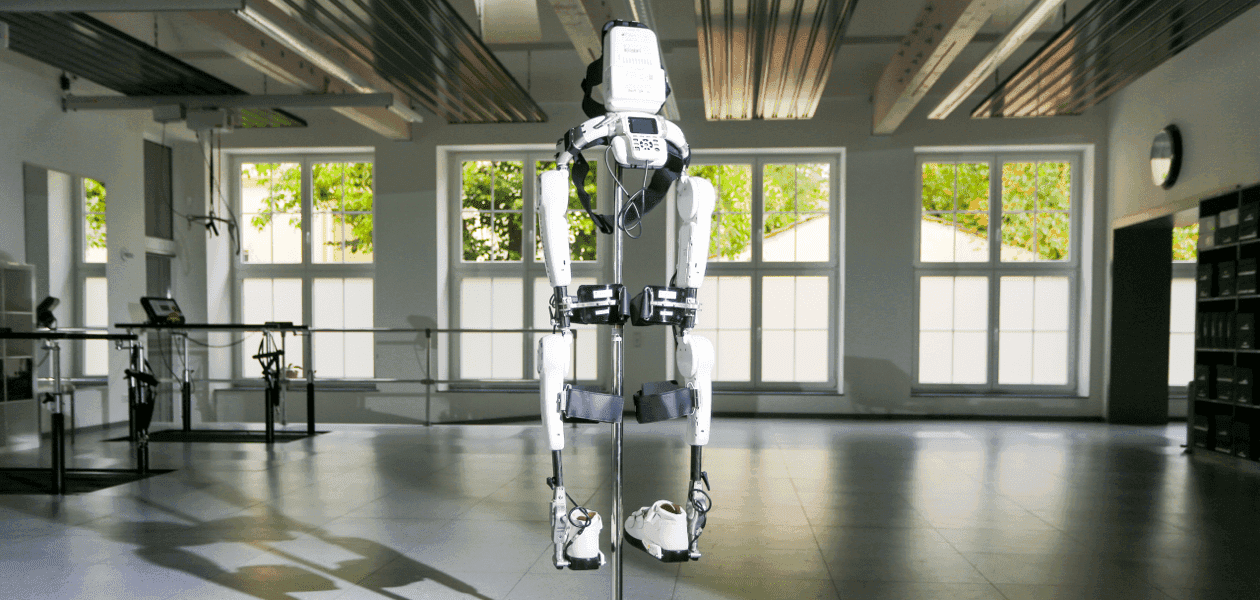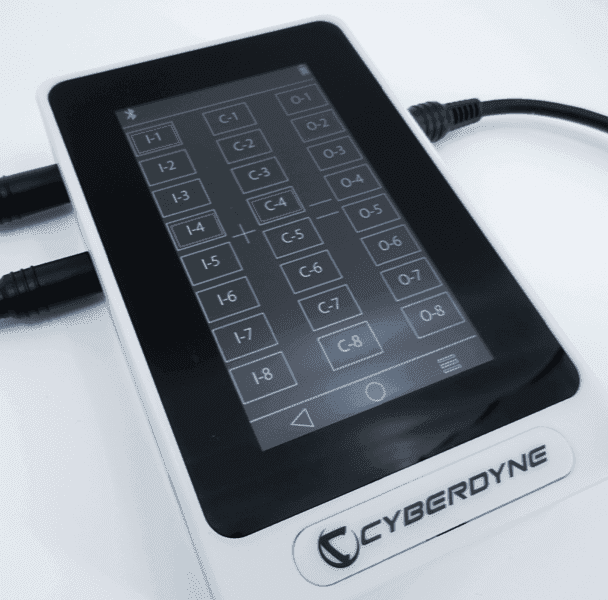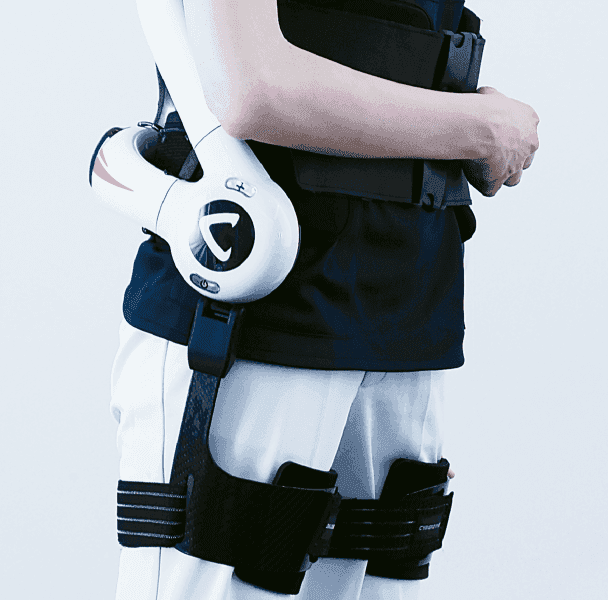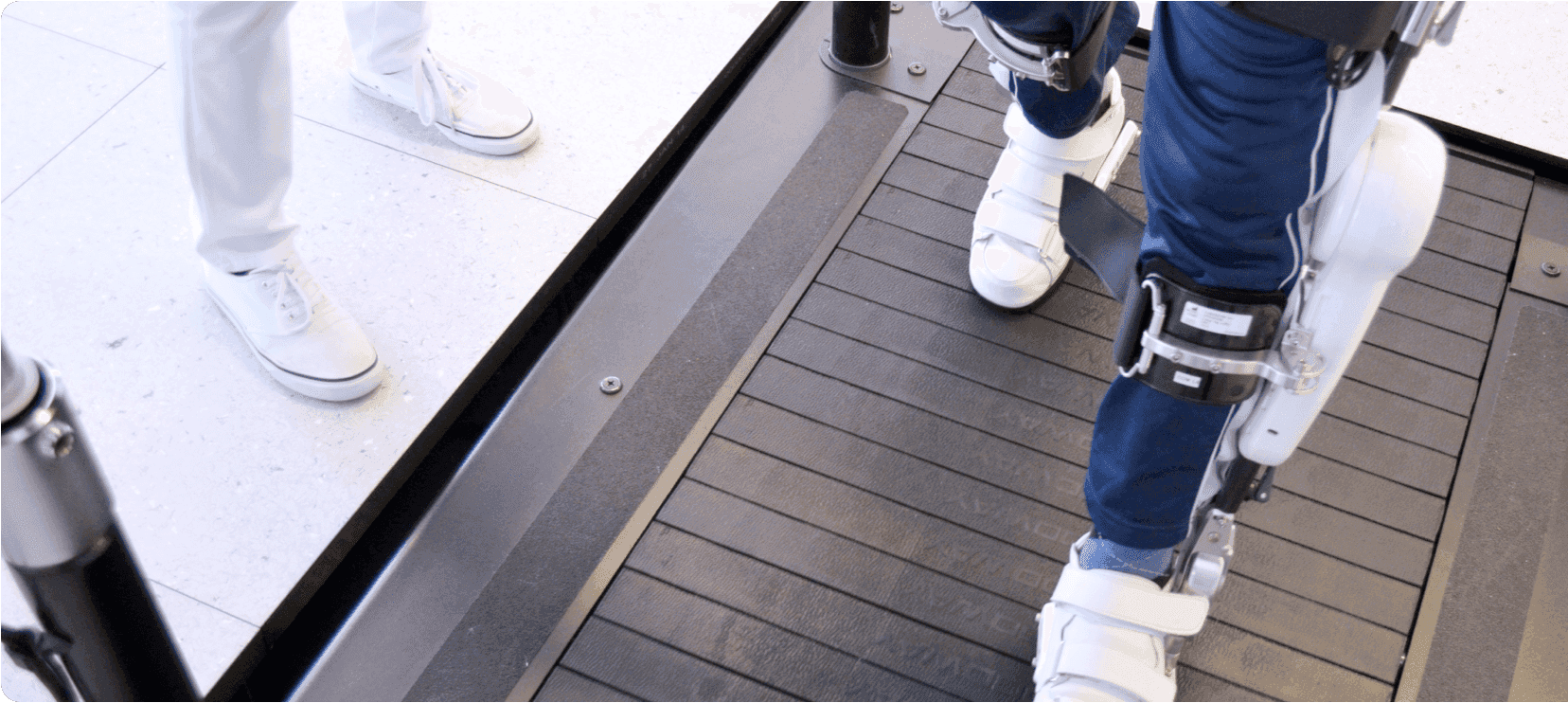The coming paradigm shift is supported by the cutting-edge Cybernic technologies, fusing humans, robotics, and information system
What is Cybernics?
“Cybernics” (adjective: Cybernic) is a new academic field that is centered around cybernetics, mechatronics and informatics fused/combined with various other fields including brain/neuroscience, robotics, biology, behavioral science, psychology, law, ethics, and business administration. Cybernics is championed by Dr. Yoshiyuki Sankai, a professor at the University of Tsukuba in Japan. Cybernic technology means the practical application of Cybernics to technology.



More specifically, in order to allow the body to function appropriately even if the signal detected at the periphery is too faint to elicit actual muscle movement, an MD can intervene by tuning the parameters embedded in the Medical Cybernic System. This intervention enables the Medical Cybernic System to realize the movement intended by the patient in place of the patient’s muscles. Even if the muscles barely function, the sensory receptors such as those found in muscle spindle fibers get activated by the device’s movement, and this sensory information is fed back to the brain in real-time. Because this flow/loop of information between the brain/CNS and the periphery can be established repeatedly without putting much load on the muscles, synaptic connections can be improved/strengthened through neuronal plasticity, reconstructing the neural connectivity network and thereby promoting functional improvement / regeneration. In this way, the technological characteristics of the Medical Cybernic Systems were designed with the intent to promote the reconstruction of the patient’s neural connectivity network (including the connectome of the brain), and improve/regenerate the patient’s brain-neuro-physical functions.
More Information on Cybernics
Cybernics
Fusion of human, machine and information systems
Editors:
Sankai, Yoshiyuki, Suzuki, Kenji, Hasegawa, Yasuhisa
Publication:
Springer Nature, 2014
• Recent research achievements in the world’s leading human assistive technologies in biorobotics
• Mutual approaches from engineering in medicine, and medicine in engineering
• New perspectives and Interdisciplinary approach for quality of life research between engineering, medicine, law and ethics
Learn more

HAL Treatment
All of our medical devices are intended to reconstruct the neural connectivity network, including the connectome of the brain, and to improve and regenerate the patient’s brain-neuro-physical function.
Learn more about us and the Cybernics Technology
Our revolutionary technology is a game-changer of what we have as medical experts and neuro-rehabilitation professionals.
Learn moreThe significant existence of technology is to support, assist, enhance, and regenerate functions of humans.
Learn moreWe envision a future where humans and technology are seamlessly interfaced, feeding off of each other.
Learn moreCyberdyne Care Robotics GmbH based in Bochum, North Rhine-Westphalia. We welcome people from all over the world.